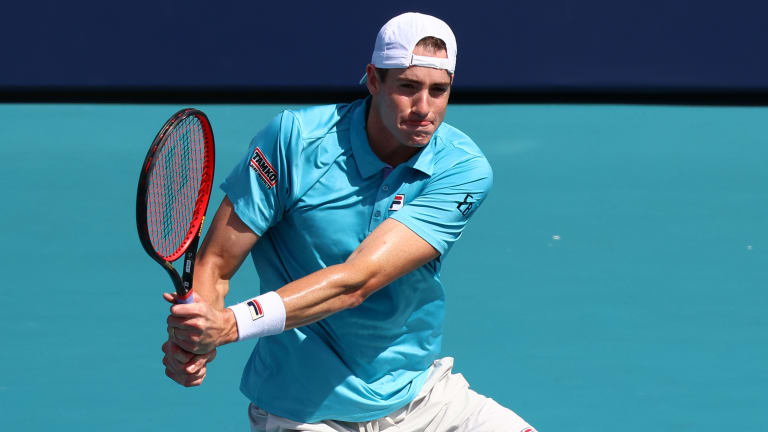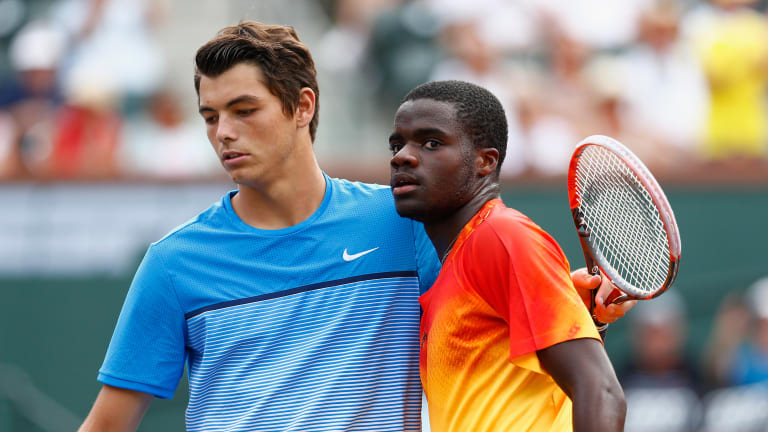Miami, USA
Despite Miami loss, Isner still standing tall for U.S. men's tennis
By Mar 30, 2021Miami, USA
In beating idol Novak Djokovic, Jakub Mensik came of age in Miami
By Mar 31, 2025Miami, USA
Can Jessica Pegula step out of comfort zone on clay?
By Mar 31, 2025Miami, USA
Jakub Mensik, Miami champion, was going to pull out of the tournament an hour before his first match
Mar 31, 2025Miami, USA
Teenager Jakub Mensik denies Novak Djokovic 100th title in Miami Open upset
By Mar 31, 2025Miami, USA
Aryna Sabalenka takes aim at Iga Swiatek's dominance of the European clay season
By Mar 31, 2025Miami, USA
Novak Djokovic vs. Jakub Mensik: Where to watch, and who will win, their Miami Open final
By Mar 30, 2025Miami, USA
Roger Goodell watches on as Aryna Sabalenka defeats Jessica Pegula in Miami final
By Mar 29, 2025Miami, USA
Aryna Sabalenka masters Jessica Pegula again to win Miami Open
By Mar 29, 2025Miami, USA
19-year-old Jakub Mensik to face Novak Djokovic in Miami Open final
By Mar 29, 2025Despite Miami loss, Isner still standing tall for U.S. men's tennis
The 35-year-old lost his fourth-round match to Roberto Bautista Agut at the Miami Open on Tuesday in heartbreaking fashion, 6-3, 4-6, 7-6 (7), despite holding a match point.
Published Mar 30, 2021
Advertising

Despite Miami loss, Isner still standing tall for U.S. men's tennis
© Getty Images
Advertising

Despite Miami loss, Isner still standing tall for U.S. men's tennis
© 2016 Getty Images
Advertising
Despite Miami loss, Isner still standing tall for U.S. men's tennis
Advertising

Despite Miami loss, Isner still standing tall for U.S. men's tennis
© Getty Images
Advertising

Despite Miami loss, Isner still standing tall for U.S. men's tennis